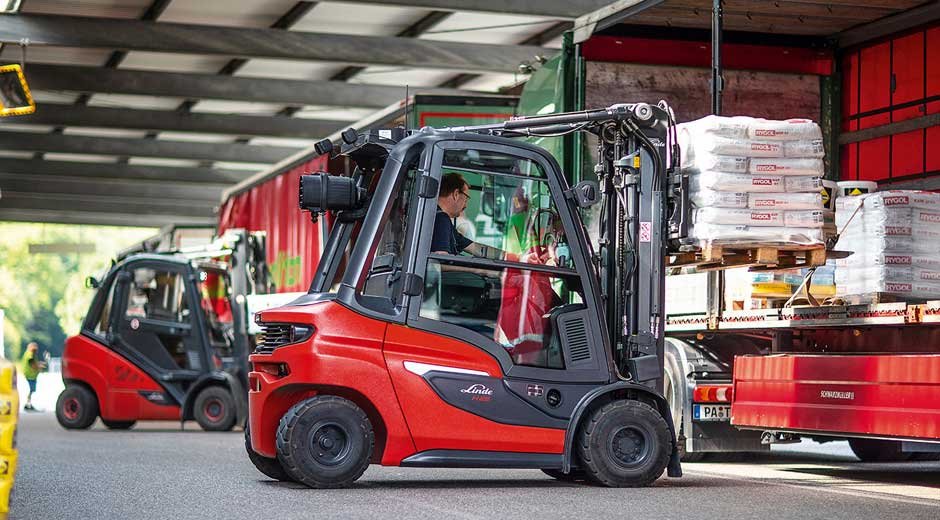Selling a telehandler can be a significant transaction, whether you’re upgrading to new equipment, liquidating assets, or reducing operational costs. Telehandlers, or telescopic handlers, are versatile and valuable machines used across construction, agriculture, and warehousing.
However, securing the best price requires strategy, preparation, and understanding the market. This guide explores essential tips and actionable strategies to help you get the most value in telehandler for sale.
Understand the Market Demand
Before putting your telehandler on the market, take time to understand the demand and current trends:
- Seasonality: Equipment sales often rise during busy construction and farming seasons. Spring and summer are typically high-demand periods.
- Market Research: Check recent listings and sales of telehandlers with similar specifications, brands, and ages. Websites like Machinery Trader, AuctionTime, and TradeFarmMachinery provide valuable insights into pricing trends.
- Industry Needs: Assess whether specific industries like agriculture or construction are currently driving demand for telehandlers. This can help you position your machine more effectively.
Set a Competitive Price
Setting the right price is critical to attracting serious buyers and maximizing value. Here’s how to price your telehandler effectively:
- Assess Current Market Value: Research comparable models for age, hours of use, brand, and condition.
- Consider Depreciation: Telehandlers depreciate over time, but reputable brands like JCB, Manitou, and Genie retain value better than lesser-known manufacturers.
- Negotiate a Fair Margin: Start slightly above your lowest acceptable price to give room for negotiation while ensuring profitability.
- Get an Appraisal: A professional appraisal can provide an unbiased valuation, giving you confidence in your pricing strategy.
Enhance Your Telehandler’s Condition
Presentation matters when selling heavy machinery. A well-maintained telehandler not only sells faster but also fetches a higher price. Follow these steps to enhance its condition:
- Clean the Machine: Power-wash the exterior to remove dirt, grease, and debris. Pay attention to the cabin, engine compartment, and undercarriage.
- Perform Maintenance Checks: Replace worn-out parts, fix hydraulic leaks, and ensure lights, tires, and controls are in good working order.
- Service Records: Present up-to-date service and maintenance logs. Buyers trust well-documented machines, as it reflects proper care and reliability.
- Touch-Up Paint and Decals: A fresh coat of paint or restored decals can give your telehandler a clean, professional appearance.
Highlight Key Features and Specifications
Buyers want details that justify the price and demonstrate the value of your telehandler. Include the following in your listing:
- Brand and Model: Recognizable brands (JCB, Caterpillar, Merlo) attract more buyers.
- Year of Manufacture: Newer models are more valuable, but older telehandlers can still hold appeal if they are reliable.
- Engine Hours: List the total hours the machine has been operated. Lower hours indicate less wear and tear.
- Capacity and Lift Height: Clearly specify load capacity (e.g., 4,000 kg) and maximum lift height (e.g., 17 meters).
- Attachments: Mention any additional tools, such as buckets, forks, or winches, that add versatility and value.
- Fuel Efficiency: Highlight any fuel-saving features that may appeal to cost-conscious buyers.
Provide high-quality images and videos of the telehandler in action. Buyers appreciate transparency and visual proof of functionality.
Choose the Right Sales Platform
Selecting the right platform is crucial to reaching serious buyers. Consider these options:
- Online Marketplaces: Websites like MachineryTrader, IronPlanet, and eBay are excellent platforms for selling heavy equipment to a broad audience.
- Auction Sites: Auction platforms such as Ritchie Bros. and Grays offer fast sales, although they may come with seller fees.
- Local Dealers: Selling through a reputable dealer can save time, though they may take a commission or offer a slightly lower price.
- Industry Forums and Networks: Construction and agricultural forums often have members actively seeking machinery.
Leverage Effective Advertising
To attract potential buyers, invest time in crafting an appealing, informative listing:
- Write a Compelling Description: Highlight the telehandler’s strengths, including its condition, features, and recent maintenance.
- Use High-Quality Photos: Take photos from multiple angles – exterior, interior, engine, tires, and attachments.
- Add a Video: A short video showing the telehandler in operation builds confidence in its functionality.
- Include Contact Information: Make it easy for buyers to reach you with clear contact details and a professional tone.
Utilize social media platforms like LinkedIn, Facebook Marketplace, and industry-specific groups to broaden your reach.
Prepare for Buyer Inspections
Serious buyers will often want to inspect the telehandler before making a purchase. Here’s how to prepare:
- Be Transparent: Clearly communicate the machine’s strengths and any minor issues upfront.
- Demonstrate Functionality: Operate the telehandler during the inspection to show that all controls and systems work.
- Have Paperwork Ready: Provide service records, operator manuals, and proof of ownership.
- Offer a Test Drive: Allow potential buyers to test the telehandler under controlled conditions.
Negotiate Smartly
Negotiation is part of the process, but being prepared can help you secure the best deal:
- Know Your Bottom Line: Set a minimum price you are willing to accept beforehand.
- Be Willing to Walk Away: If the offer doesn’t meet your expectations, don’t be afraid to explore other buyers.
- Highlight Value: Remind buyers of the telehandler’s key features, recent maintenance, and additional attachments to justify the price.
- Consider Financing Options: Offering financing through partnerships with lenders can attract buyers who need flexible payment plans.
Ensure Smooth Documentation and Delivery
A smooth transaction ensures a positive experience and encourages trust:
- Ownership Transfer: Ensure all paperwork, including bills of sale and ownership transfers, is completed accurately.
- Warranty Transfer: If the telehandler has an existing warranty, check if it’s transferable to the new owner.
- Delivery Arrangements: Discuss logistics for delivering the telehandler, including transportation costs and timelines.
Final Thoughts
Selling your telehandler for maximum value requires careful preparation, effective marketing, and strategic negotiations. By understanding market trends, enhancing your machine’s condition, and choosing the right platform to connect with buyers, you can secure the best possible return on your investment.
With these tips, you’ll not only attract serious buyers but also instill confidence in the quality and value of your telehandler. Take the time to plan, and you’ll reap the rewards of a smooth, profitable sale.









